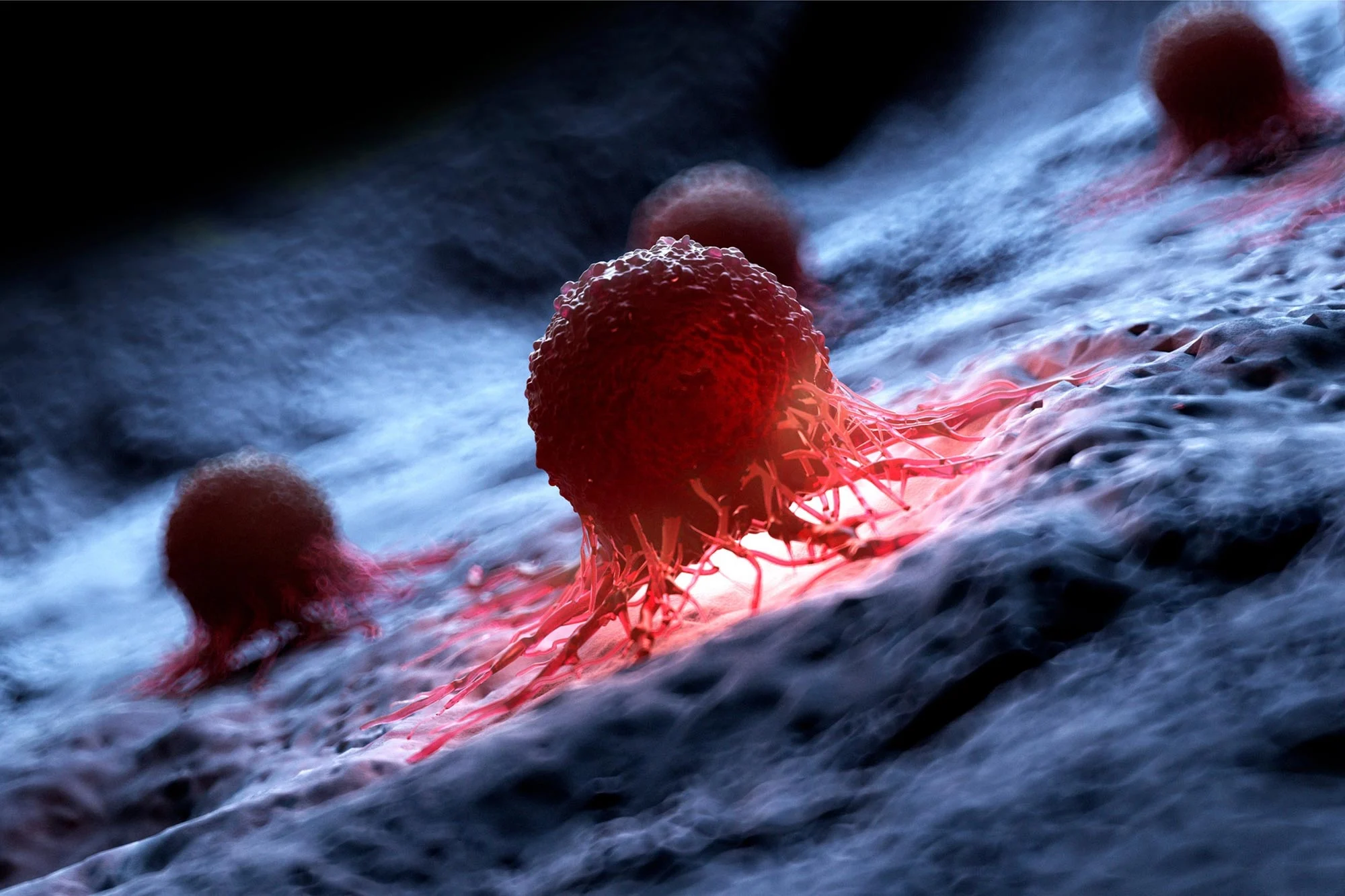How Is Breast Cancer Diagnosed?
Before reading this article “What Is “Breast Cancer?”

Doctors can screen for breast cancer using a mammogram. A mammogram is an X-ray with low-dose radiation that lets doctors look for abnormalities in the breast tissue.
Doctors may also use magnetic resonance imaging (MRI), ultrasound, or 3D mammography (called breast tomosynthesis) to further examine suspicious mammogram findings or inconclusive results, such as in cases of extremely dense breast tissue.
An MRI uses a large magnet to create images of the breast. An ultrasound sends sound waves into the breast that create an image when it bounces back. A 3D mammogram uses X-rays like a regular mammogram, but it takes multiple image slices of the breast at different angles to construct a 3D image.
Screening tests look for possible signs of breast cancer but cannot diagnose it. If doctors see a suspicious lump or mass of cells, they may use some of those same tests to get a closer look at the abnormal area. A diagnostic mammogram provides more detail in the image of the breast.
The only way to make a certain diagnosis of breast cancer is a biopsy. A biopsy involves removing some breast tissue from the suspicious area and looking at the cells under a microscope.
Finding Your Best Treatment Team
After receiving a diagnosis, you will have several decisions to make about the healthcare providers who will handle your treatment.
Cancer treatment usually involves a team of people, such as a surgeon, a medical oncologist, a nurse practitioner, a counselor, a patient navigator, and specialists associated with your cancer type.
Factors to consider in choosing your oncologist and treatment team are their expertise in your cancer type, what your insurance will cover, your ability to travel to and from appointments and procedures, and recommendations from others.
Even after you have a treatment team, it is a good idea to look for another oncologist to get a second opinion about your diagnosis and treatment options. It is acceptable and sometimes common to change doctors during your treatment if you need to.
Breast Cancer Stages 0–4

Doctors use stages of breast cancer to describe how far along the cancer has grown or spread. Stages range from 0 to 4 (often expressed in Roman numerals, I–IV). Each stage has further subcategories of A, B, or C.
- Stage 0 The cancer is noninvasive and shows no evidence of leaving the part of the breast where it began. One type of stage 0 cancer is ductal carcinoma in situ (DCIS).
- Stage 1 The cancer cells are spreading to surrounding breast tissue, but the group of cancer cells or the tumor remains very small. It is usually easily treatable.
- Stage 2 The cancer has begun to grow but it remains only in the breast or nearby lymph nodes. Treatment is not usually very difficult.
- Stage 3 The cancer has begun invading lymph nodes, muscle, and other body tissue near the breast, but it has not reached organs farther away. Treatments vary according to the person and type of breast cancer.
- Stage 4 The cancer is very advanced and has spread to several organs or other parts of the body. Stage 4 breast cancer is considered incurable, but women may live several years or more with ongoing treatment.




